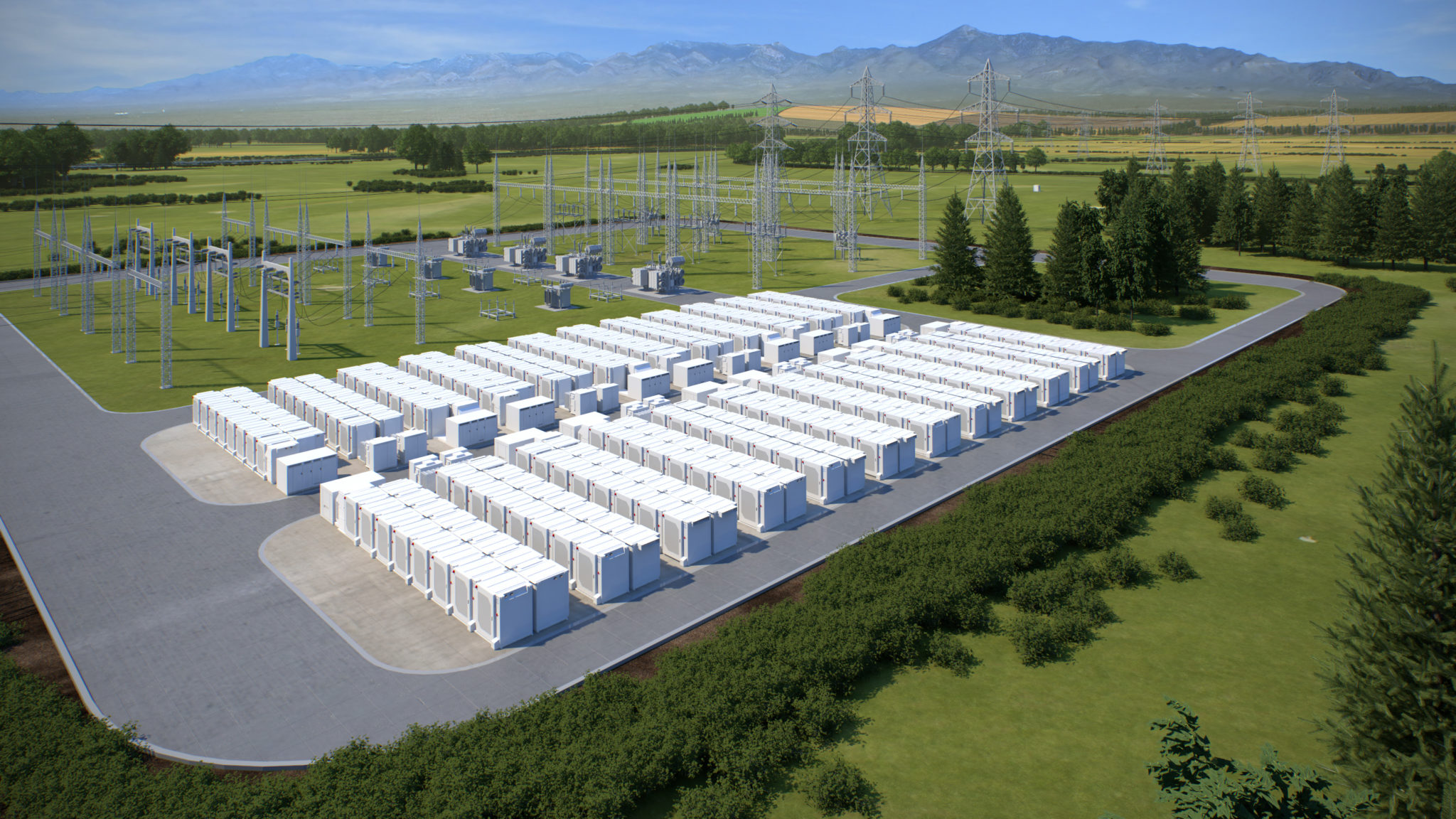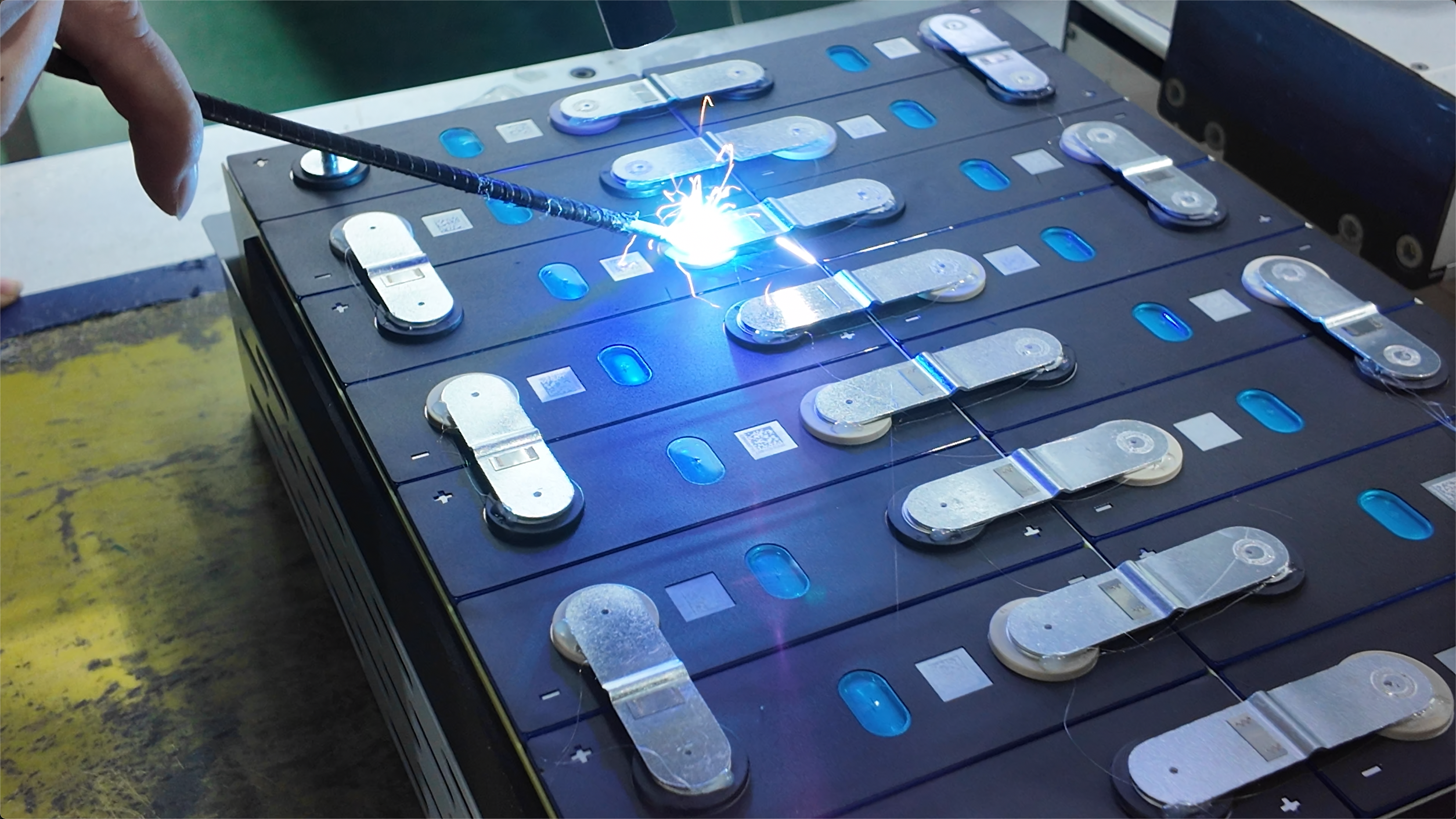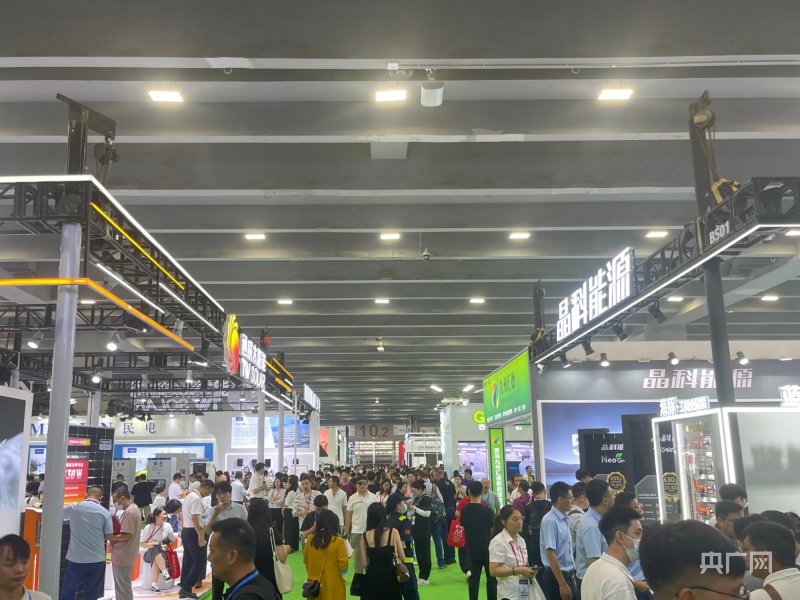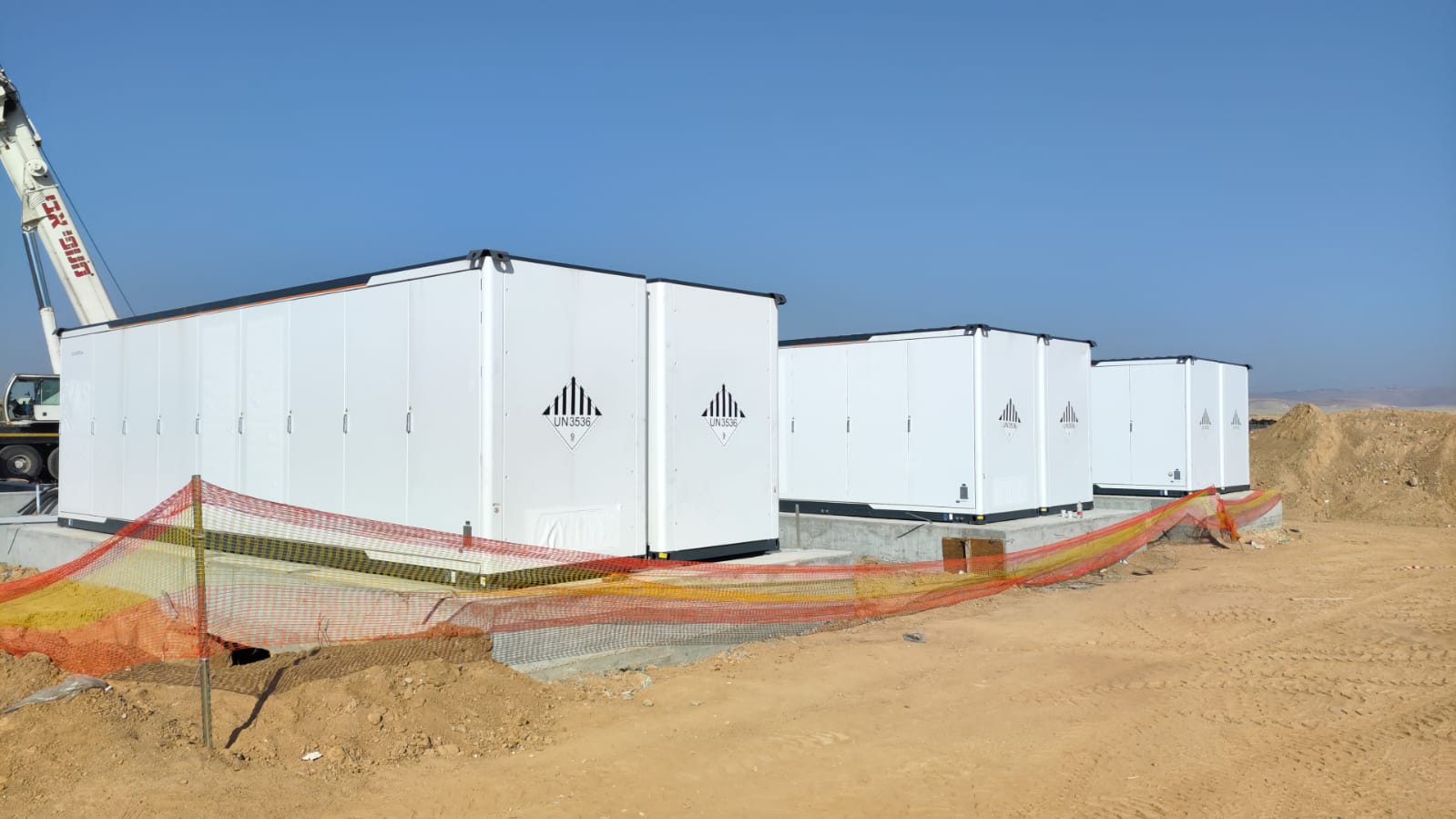

India’s battery storage capacity hits 219.1 MWh
India had installed 219.1 MWh/111.7 MW cumulative battery energy storage system (BESS) capacity as of March 2024. Mercom India’s new report, “India’s Energy Storage Landscape,” states that 120 MWh/40 MW of this capacity was added in the first quarter of 2024.
According to the report, PV systems combined with battery energy storage systems account for 90.6% of the total installed BESS capacity.
Mercom details the status of energy storage installations in India and highlights key states for energy storage capacity development. It covers tariff trends, the pipeline and installed capacity of standalone BESS projects, renewable energy plus BESS, and pumped storage.
The report states that the rapid addition of intermittent renewable energy sources like solar and wind has significantly affected grid stability. As of March 2024, solar and wind accounted for 28.9% of the country’s electricity capacity. To ensure efficient renewable integration and grid stability, policy measures such as deviation settlement mechanism, grid connectivity regulations, and ancillary services regulations are being issued, driving demand for utility-scale energy storage.
The viability gap funding (VGF) program aims to install 4 GWh of BESS, supported by a budget of INR 37.6 billion ($452 million). The VGF, along with energy storage obligations and bidding guidelines for energy storage projects, with or without renewable energy, is boosting the country’s pipeline of energy storage projects.
“India is an emerging market for energy storage, still in the early stages of development. Despite rapid growth in renewable energy, energy storage has lagged, which could potentially lead to curtailment and a lack of grid flexibility and stability. The urgency seen in renewable energy initiatives has been missing in energy storage. To meet energy transition goals and manage the exponential increase in renewable energy, the government must prioritize energy storage to avoid issues faced by other countries with growing intermittent power but insufficient storage capacity,” said Raj Prabhu, CEO of Mercom Capital Group.
The report states that Chhattisgarh leads in BESS installations, accounting for 54.8% of the cumulative installed capacity.
According to Central Electricity Authority (CEA) data, India's operational pumped hydro storage capacity totaled 3.3 GW as of March 2024. Nearly 76% of this capacity is in Telangana and West Bengal.
As of March 2024, 1.6 GWh/1 GW of standalone BESS, 9.7 GW of renewable energy projects plus energy storage, and 78.1 GW of pumped hydro projects were in various stages of development, with 60 GW under survey and investigation and 18.1 GW under development.
Rajasthan has the highest capacity of standalone BESS under development, driven by favorable provisions in the state's renewable energy policy and annual energy storage obligations through fiscal 2030.
To meet the demand for efficient energy utilization from renewable sources, government agencies have issued tenders totaling 57 GW and auctioned 11.5 GW of energy storage projects as of March 2024. Tenders for standalone and renewable projects with energy storage totaled 7.4 GW in the first quarter of 2024.
Please inquire to Fengau power by info@fengau.com if you need BESS solution suggestions.








